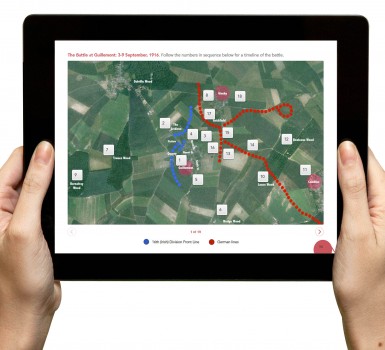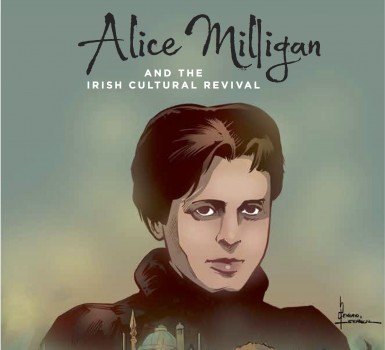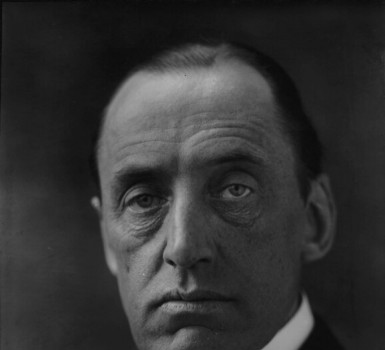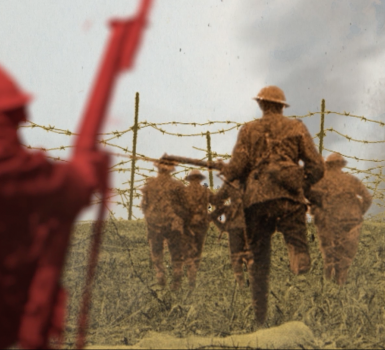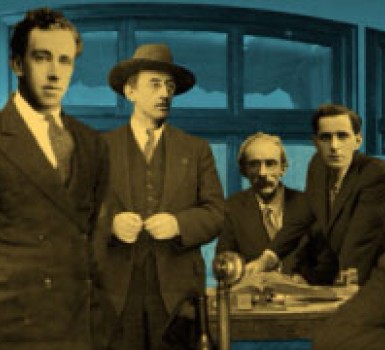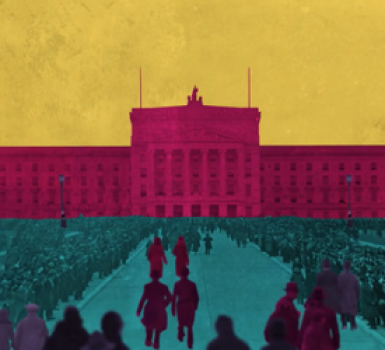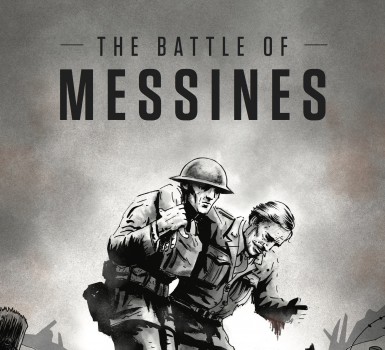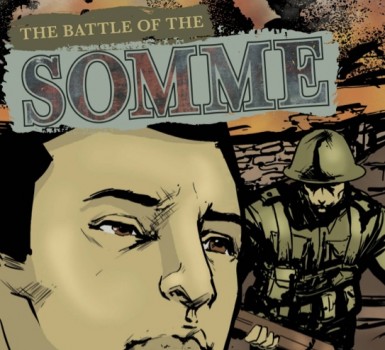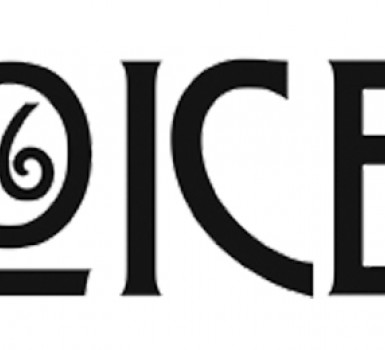The Ulster Crisis
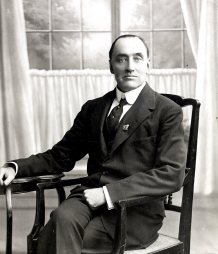
Ulster’s Protestant population mobilised in massive numbers on 28 September 1912 with almost half a million men and women joining Sir Edward Carson to sign the Ulster Covenant – an oath declaring their opposition to Home Rule and a Dublin-based parliament.
Attempts at implementing Home Rule were first made in 1886 and 1893. A majority of Irish nationalists, and who were mainly Catholic, were in favour of Home Rule which they saw as a freedom from Britain. e Unionist population in Ireland, who were mainly Protestant, were fearful, feeling a Dublin-based, Catholic-centric parliament would oppress them culturally, politically and economically.
Following previously unsuccessful attempts to implement Home Rule in both 1886 and 1893, the third attempt became legislation on the 18th September 1914.
However, its implementation was suspended due to the First World War and the unresolved issue of whether Ulster would be included in a Home Rule parliament based in Dublin.
Ulster’s Protestant population mobilised in massive numbers on 28 September 1912 with almost half a million men and women joining Sir Edward Carson to sign the Ulster Covenant – an oath declaring their opposition to Home Rule and a Dublin-based parliament.
Attempts at implementing Home Rule were first made in 1886 and 1893. A majority of Irish nationalists, and who were mainly Catholic, were in favour of Home Rule which they saw as a freedom from Britain. e Unionist population in Ireland, who were mainly Protestant, were fearful, feeling a Dublin-based, Catholic-centric parliament would oppress them culturally, politically and economically.
Following previously unsuccessful attempts to implement Home Rule in both 1886 and 1893, the third attempt became legislation on 18 September 1914.
However, its implementation was suspended due to the First World War and the unresolved issue of whether Ulster would be included in a Home Rule parliament based in Dublin.




